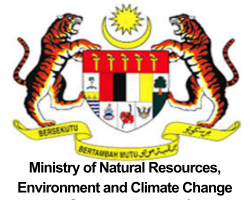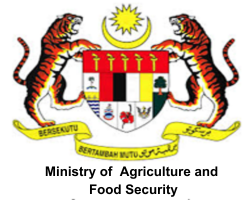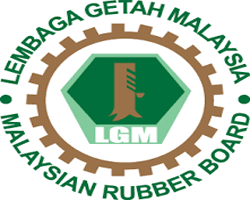Bischof, Wolfgang and Newbery, David M. and Lingenfelder, Marcus and Schnaeckel, Rainer and Petol, G. Hubert and Madani, Leopold and Ridsdale, Colin E. (2005) Secondary succession and dipterocarp recruitment in Bornean rain forest after logging. [Research Paper]
|
Text
Secondary Succession and Dipterocarp Recruitment in Bornean Rain Forest after Logging_Bischoff et al 2005.pdf Restricted to Repository staff only Download (261kB) |
Abstract
To understand succession in dipterocarp rain forest after logging, the structure, species composition and dynamics of primary (PF) and secondary (SF) forest at Danum were compared. In 10 replicate 0.16-ha plots per forest type trees �10 cm gbh (3.2 cm dbh) were measured in 1995 and 2001. The SF had been logged in 1988, which allowed successional change to be recorded at 8 and 13 years. In 2001, saplings (1.0–3.1 cm dbh) were measured in nested quadrats. The forest types were similar in mean radiation at 2 m height, and in density, basal area and species number of all trees. Among small (10 31.4) and large (�31.4 cm gbh) trees, in both 1995 and 2001, there were 10- and 3-fold more dipterocarps in SF than PF respectively; and averaging over the two dates, there were correspondingly ca. 10- and 18-fold more pioneers. Mortality was ca. 60% higher in SF than PF, largely due to a seven-fold difference for pioneers: for dipterocarps there was little difference. Recruitment was similar in PF and SF. Stem growth rates were 37% higher in SF than PF for all trees, although dipterocarps showed the opposite trend. Among saplings, dipterocarps dominated SF with a 10-fold higher density than in PF. For dipterocarps, the light (LH) and medium-heavy (MHH) canopy hardwoods, and the shade-tolerant, smaller-stature other (OTH) species (e.g. Hopea and Vatica) were in the ratios ca. 40:15:45 in SF and 85:<1:15 in PF. LHs had higher mortality than OTHs in SF. In PF ca. 80% of the saplings were LH: in SF ca. 70% were OTH. The predominance of OTHs in SF is explained by the logging of primary rain forest which was in a likely late stage of recovery from natural disturbance, plus the continuing shaded conditions in the understorey promoted by dense pioneer vegetation. At 13 years after logging succession appeared to be inhibited: LHs were being suppressed but MHHs and OTHs persisted. Succession in lowland dipterocarp rain forests may therefore depend on the successional state of the primary forest when it is logged. A review of logged versus unlogged studies in Borneo highlights the need for more detailed ecological comparisons.
| Item Type: | Research Paper |
|---|---|
| Creators: | Bischof, Wolfgang and Newbery, David M. and Lingenfelder, Marcus and Schnaeckel, Rainer and Petol, G. Hubert and Madani, Leopold and Ridsdale, Colin E. |
| Title: | Secondary succession and dipterocarp recruitment in Bornean rain forest after logging |
| Date: | 2005 |
| Location: | Sabah Forestry Department website |
| Publication: | Sabah Forestry Department |
| Physical Description: | 19p. |
| Agency Name: | Universiti Putra Malaysia (UPM) |
| Date Deposited: | 17 Oct 2018 01:00 |
| Last Modified: | 17 Oct 2018 01:00 |
| URI: | http://myagric.upm.edu.my/id/eprint/12879 |
Actions (login required)
 |
View Item |







